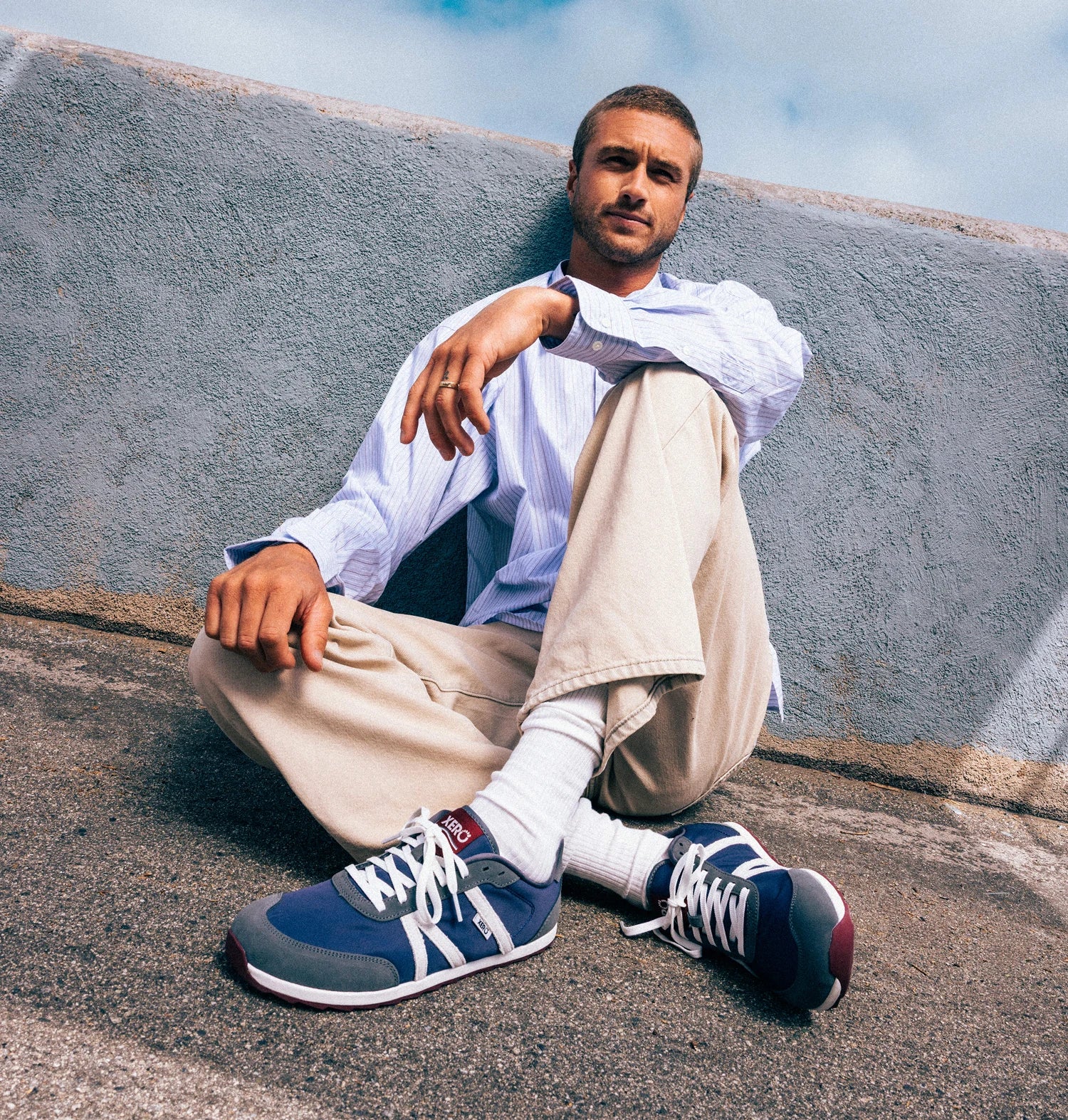In recent years, the concept of barefoot footwear has surged in popularity, leading many to question whether these products are a passing trend or a legitimate advancement in foot health. Advocates claim that going shoeless or wearing minimalist shoes can enhance physical performance, prevent injuries, and improve overall comfort. Nonetheless, skeptics advise caution, arguing that such footwear may not be suitable for everyone. This article explores the essential features of barefoot shoes, their claimed benefits, and whether they truly live up to the expectations set by their fervent promoters.
Key Takeaways
- Barefoot footwear emphasizes minimal cushioning and a natural foot position.
- Supporters claim several health benefits, including improved posture and reduced injury risk.
- Caution is necessary, as not everyone may adapt well to this style of footwear.
Understanding Barefoot Shoes
Barefoot shoes are designed to mimic the experience of walking or running without shoes. Unlike traditional footwear, which often includes thick soles, arch support, and cushioning, barefoot designs prioritize a low-to-the-ground feel and natural foot movement. The concept is rooted in the idea that our feet are adapted for natural movement and that contemporary footwear has distorted that function.
Many brands have emerged in this niche, offering a range of minimalist options. Some of the best minimalist footwear options available are characterized by lightweight designs, wide toe boxes, and flexible soles. Advocates assert that these features allow for better alignment of the body, enabling users to experience enhanced stability and agility.
The Proposed Benefits of Barefoot Shoes
Proponents of barefoot shoes frequently cite numerous benefits associated with this unique footwear style. Below, we outline several of the most commonly discussed advantages:
- Improved Foot Strength: By encouraging users to engage the muscles in their feet and lower legs more actively, these shoes promote greater strength and endurance.
- Natural Gait and Posture: Barefoot footwear allows for a more natural gait, which can lead to better posture and reduced stress on the joints over time.
- Enhanced Sensory Feedback: The thin soles of barefoot shoes facilitate greater ground contact, providing better sensory feedback and proprioception, which can improve balance and stability.
- Reduced Injury Rates: Some studies suggest that transitioning to barefoot or minimalist shoes can lower the risk of common running injuries, such as shin splints and stress fractures.
Potential Drawbacks
While the benefits may sound promising, it is essential to consider that barefoot shoes are not suitable for everyone, and there are potential drawbacks to using them:
- Adjustment Period: Transitioning to barefoot footwear often requires a period of adaptation. Individuals accustomed to traditional shoes might experience discomfort or strain during this period.
- Foot and Ankle Vulnerability: The lack of cushioning and support in barefoot shoes can leave the feet and ankles more vulnerable to external hazards, such as sharp objects and uneven terrain.
- Risk of Overuse Injuries: Not everyone has the foot strength or biomechanics needed to successfully adapt to barefoot footwear, which could result in overuse injuries if proper care is not taken during the transition.
Insights from Research
Overall, scientific literature on the effects of barefoot shoes is still limited. While a growing number of studies have linked barefoot running and minimalist footwear to some positive outcomes, others emphasize the need for more comprehensive research. For instance, a study from the Journal of Biomechanics suggested that individuals who transitioned to barefoot running had shorter strides and improved loading, which is thought to reduce impact forces.
However, the individual variability in biomechanics needs to be acknowledged. Everyone’s feet are unique, and what works for one person might not suit another. Consulting with a healthcare professional or a podiatrist can help determine whether incorporating barefoot footwear is advisable based on personal needs and foot type.
Consumer Choices
The marketplace offers various barefoot models from numerous brands, each with unique features and designs. It is critical for consumers to perform research and find options that align with their preferences and needs. Some popular options include lightweight running shoes, casual wear, and specialized footwear for hiking or outdoor activities.
What Experts Say
Many podiatrists advocate for the idea of letting the feet move freely while still acknowledging the potential benefits of traditional footwear for certain activities and individuals with pre-existing foot conditions. They often recommend a measured approach, suggesting a gradual introduction to barefoot styles while monitoring comfort and performance.
Conclusion
Ultimately, whether barefoot footwear is worth the hype depends on individual circumstances, preferences, and fitness goals. While there are undeniable advantages to embracing a more natural approach to foot health, those interested should approach the transition with care. As this category of footwear evolves, further research will likely shed light on its widespread effects.
For those looking to experience the benefits of a more natural foot movement, consider exploring the various options available at alternative minimalist footwear options that can support your journey towards healthier feet and improved overall well-being.
FAQs
- Are barefoot shoes suitable for all activities?
Not all barefoot shoes are appropriate for every activity. It is essential to choose a style that matches the specific requirements of your activity, whether it be running, hiking, or casual wear.
- How long does it take to adjust to barefoot shoes?
The adjustment period can vary depending on the individual. It may take several weeks to months to transition comfortably, depending on prior footwear habits and foot strength.
- Can barefoot shoes help with foot pain?
While many users report improvement in foot pain after switching to barefoot shoes, consulting with a healthcare professional is advisable to address any underlying conditions before making a change.

